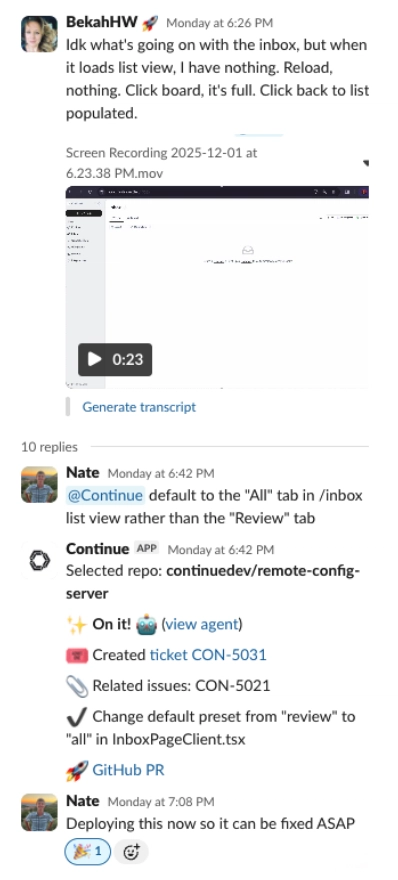Container Escape: How Attackers Break Out of Containers to Access the Host System
Introduction
Containers have revolutionized modern software deployment by providing lightweight, isolated environments for applications. However, their security is not foolproof. Attackers can exploit misconfigurations, vulnerabilities, and weak security controls to break out of a container and gain access to the underlying host system—a technique known as Container Escape.
This blog explores:
- What Container Escape is and why it’s dangerous
- Common Container Escape techniques used by attackers
- Real-world examples of Container Escape attacks
- Best practices to prevent Container Breakouts
- Tools to detect and mitigate Container Escape vulnerabilities
By the end, you’ll understand how to secure your containerized environments against these threats.
Table of Contents
- What is Container Escape?
- Why is Container Escape Dangerous?
- How Do Containers Work?
- Common Container Escape Techniques
- Kernel Exploits
- Privileged Container Escapes
- Docker Socket Exploitation
- Mounting Host File System
- Capabilities Abuse
- RunC Vulnerabilities (CVE-2019-5736)
- Shared Namespace Exploits
- Real-World Container Escape Attacks
- CVE-2019-5736: RunC Escape
- CVE-2020-15257: containerd Exploit
- Dirty Cow (CVE-2016-5195) in Containers
- How to Detect Container Escape Attempts
- Best Practices to Prevent Container Escape
- Run Containers as Non-Root
- Disable Privileged Mode
- Limit Kernel Capabilities
- Use Read-Only File Systems
- Enable Seccomp & AppArmor
- Regularly Update Container Runtimes
- Tools for Securing Containers
- Falco
- gVisor
- Kata Containers
- Aqua Security
- Conclusion
1. What is Container Escape?
Container Escape occurs when an attacker breaks out of an isolated container environment and gains unauthorized access to the host operating system. Containers are designed to run applications in isolated user spaces, but security flaws can allow malicious actors to bypass these restrictions.
Why Does Container Escape Happen?
- Misconfigurations: Running containers with excessive privileges.
- Vulnerabilities: Exploiting bugs in container runtimes (e.g., Docker, containerd).
- Kernel Exploits: Leveraging Linux kernel flaws to escape isolation.
2. Why is Container Escape Dangerous?
A successful Container Escape can lead to:
- Host System Compromise: Attackers gain root access on the host.
- Lateral Movement: Escaping one container can expose other containers.
- Data Theft & Ransomware: Sensitive data on the host can be stolen or encrypted.
- Cloud Environment Takeover: In Kubernetes clusters, escaping a pod can lead to cluster-wide attacks.
3. How Do Containers Work?
Containers rely on two key Linux features:
- Namespaces – Isolate processes, networks, and filesystems.
- cgroups – Limit resource usage (CPU, memory).
Despite isolation, containers share the same kernel as the host, making kernel exploits a major risk.
4. Common Container Escape Techniques
A. Kernel Exploits
Attackers exploit Linux kernel vulnerabilities (e.g., Dirty Cow, CVE-2016-5195) to escape containers.
B. Privileged Container Escapes
Running a container with --privileged flag grants excessive permissions, allowing host access.
C. Docker Socket Exploitation
If /var/run/docker.sock is mounted inside a container, attackers can control the Docker daemon.
D. Mounting Host File System
If /, /etc, or /dev are mounted, attackers can modify host files.
E. Capabilities Abuse
Containers with unnecessary capabilities (e.g., CAP_SYS_ADMIN) can escape.
F. RunC Vulnerabilities (CVE-2019-5736)
A flaw in RunC allowed attackers to overwrite host binaries.
G. Shared Namespace Exploits
If PID or network namespaces are shared, attackers can interfere with host processes.
5. Real-World Container Escape Attacks
A. CVE-2019-5736: RunC Escape
- Impact: Allowed container escape via malicious Docker image.
- Fix: Patched in RunC v1.0.0-rc7.
B. CVE-2020-15257: containerd Exploit
- Impact: Host access via shared Unix sockets.
- Fix: Disabled host network access by default.
C. Dirty Cow (CVE-2016-5195) in Containers
- Impact: Kernel exploit allowed root escalation.
6. How to Detect Container Escape Attempts
- Monitor syscalls (e.g.,
unshare,mount). - Use Falco for runtime security alerts.
- Audit logs for unusual container activities.
7. Best Practices to Prevent Container Escape
✅ Run containers as non-root (--user flag).
✅ Avoid --privileged mode.
✅ Drop unnecessary capabilities (--cap-drop=ALL).
✅ Use read-only filesystems (--read-only).
✅ Enable Seccomp & AppArmor for syscall filtering.
✅ Update container runtimes regularly.
8. Tools for Securing Containers
- Falco – Runtime security monitoring.
- gVisor – Adds an extra security layer.
- Kata Containers – VM-like isolation.
- Aqua Security – Container security platform.
9. Conclusion
Container Escape is a critical security threat in cloud-native environments. Attackers exploit misconfigurations, kernel vulnerabilities, and weak isolation to break out of containers. By following security best practices—such as running containers with least privileges, disabling --privileged mode, and using security tools like Falco—you can mitigate these risks.
Stay vigilant, patch vulnerabilities, and enforce strict container policies to prevent Container Escape attacks


